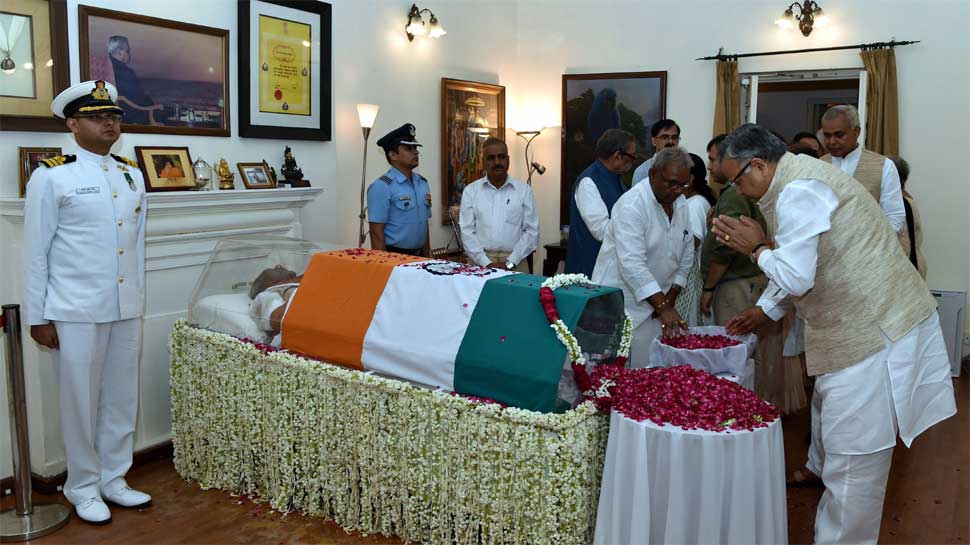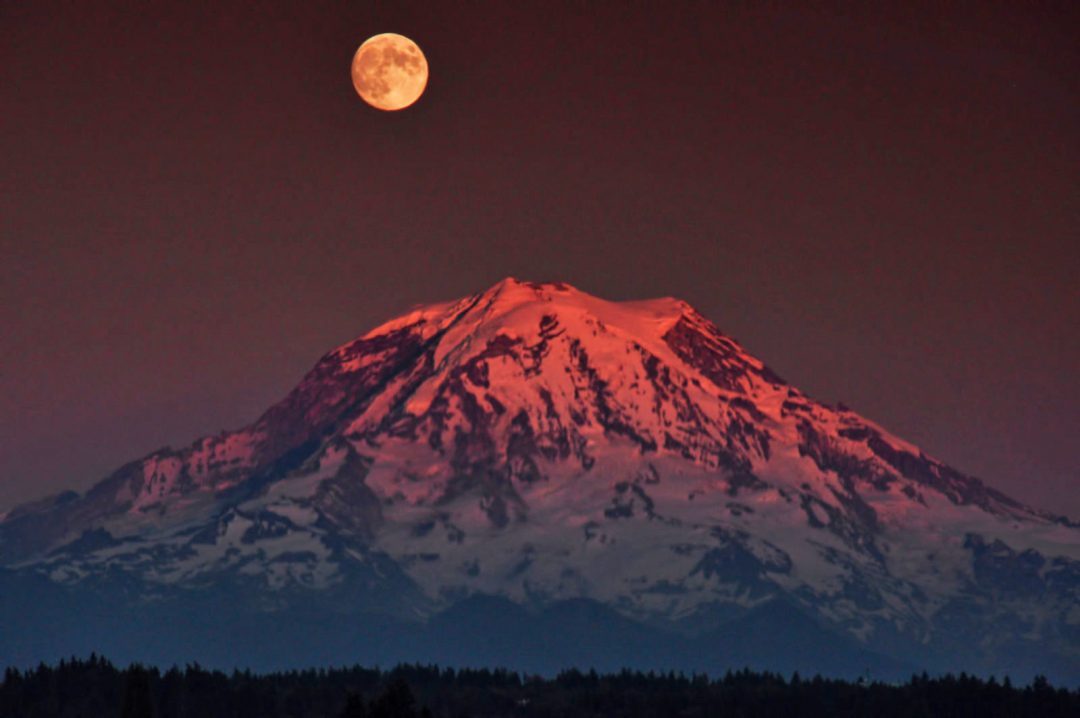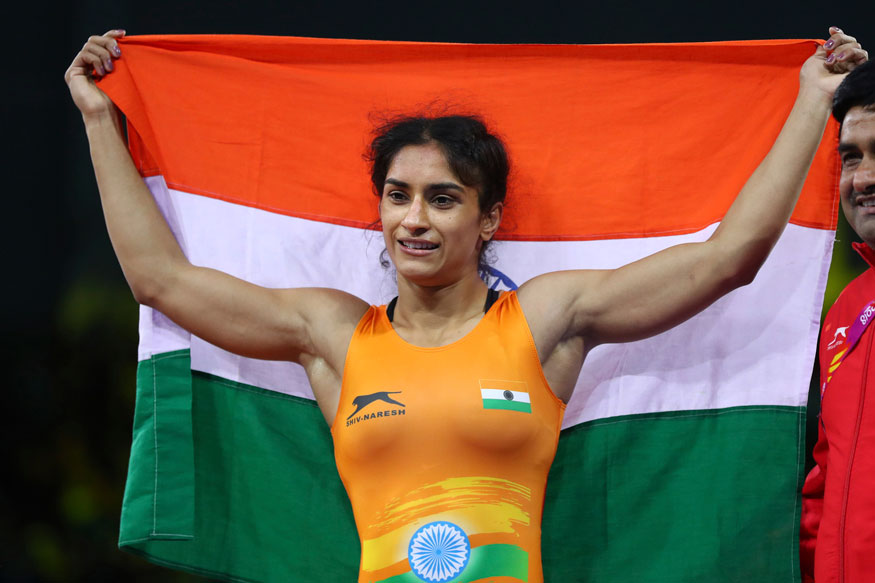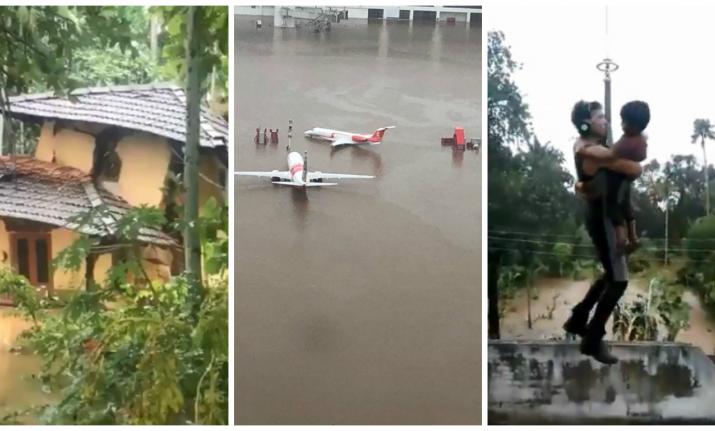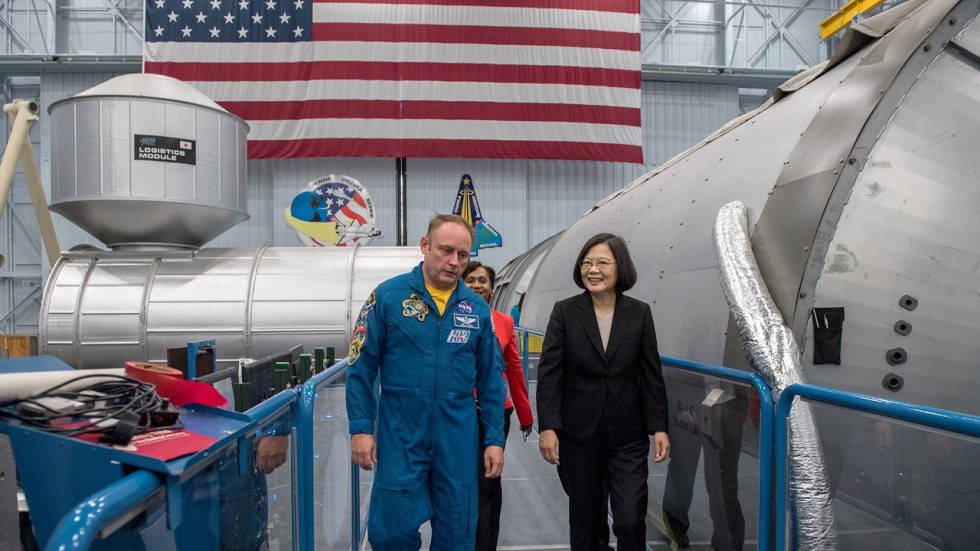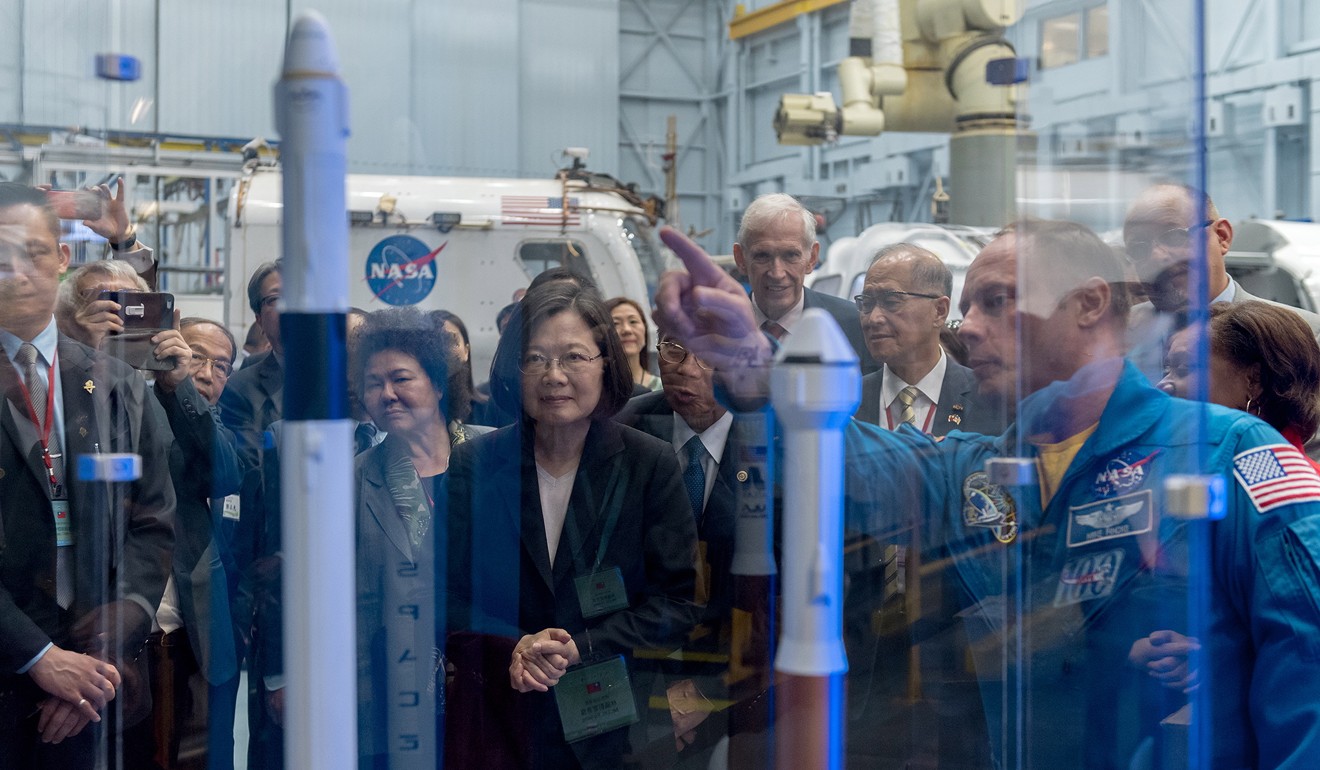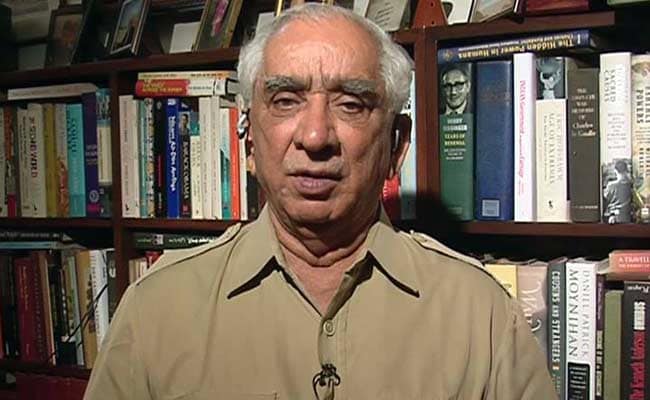RAIPUR: Atal Bihari Vajpayee’s niece and Congress leader Karuna Shukla has alleged that the Chhattisgarh government is playing politics over the death of the former prime minister. She alleged that Chief Minister Raman Singh never took Vajpayee’s name in the last ten years but is now using his ashes for political gains.
“He never named Atal ji in his speeches, gave no importance to him but today they are playing politics over the urn of his ashes,” Karuna said. She said that she was angered as well as sad with the way the BJP government renamed schemes just after the former PM’s death and never mentioned him before.
“In none of the elections in the last nine years has Raman Singh ever spoken about the work done by Atal ji,” she said. Karuna was earlier a member of the BJP but is currently a part of the Congress.
The BJP government in Chhattisgarh had recently said that it will rename Naya Raipur, the upcoming capital city of the state, as ‘Atal Nagar’ in memory of former PM. Several other government institutions and projects will also be named after Vajpayee.
“Acknowledging the historic contribution of Atal ji in the formation of the state in 2000, Naya Raipur will be named as ‘Atal Nagar’ and a memorial of Atal ji will be built there,” Raman Singh had said
Vajpayee’s statue will be installed at Naya Raipur as well as in all 27 district headquarters of the state. The Central Park to be developed in Naya Raipur, will also be named after him, Singh said.
On Wednesday, a procession of an urn containing the Vajpayee’s ashes was taken out by the BJP from the Raipur airport to the old BJP office in the city. State unit BJP president Dharamlal Kaushik had brought the urn from Delhi which was received by the Chief Minister and BJP leaders at the Swami Vivekanand airport.
The urn was then put on a specially designed rath (chariot) and taken to the old state BJP headquarters ‘Ekatm Parisar’, a distance of around 13 kms, in a procession.
A large number of BJP workers and common people followed the chariot from the airport to its destination. People showered flowers on the chariot when it passed through various areas amidst chanting of slogans hailing Vajpayee.
After the urn reached the Ekatma Parisar, a condolence meeting was held.
Prime Minister Narendra Modi and BJP president Amit Shah had handed over urns containing the ashes to state unit chiefs of the party in Delhi.
(http://zeenews.india.com/chhattisgarh/atal-bihari-vajpayees-niece-alleges-chhattisgarh-cm-playing-politics-over-former-pms-ashes-2135401.html)

